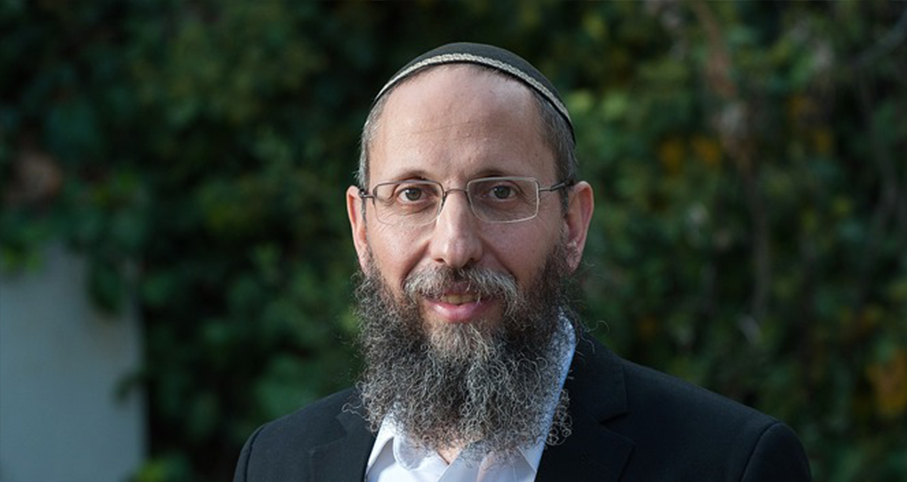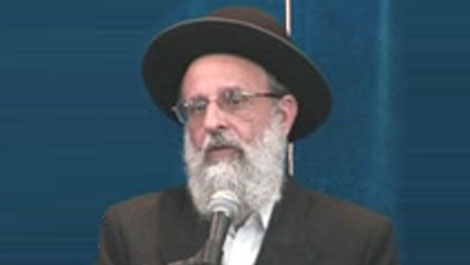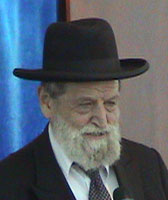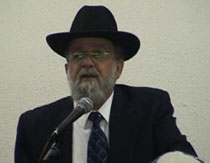Beit Midrash
- Shabbat and Holidays
- Jewish Holidays
- Sukkot
- Sections
- Chemdat Yamim
- Parashat Hashavua
In the midrash (Sifra, Emor 12) we find three explanations for this mitzva. There is an opinion that the sukka is to be made from the four species which are waved on Sukkot, which implies that it is essentially part of one unit with the mitzva of the four species. It is difficult, though, to divorce the mitzva from the historical context to which the p’sukim refer explicitly.
Rabbi Eliezer says that it commemorates the actual booths in which Bnei Yisrael lived in the desert after leaving Egypt. We relive the experience by going into similar booths. One difficulty with this is that the holiday should, then, ostensibly have been in Nisan, when Bnei Yisrael started to occupy such sukkot. (Many answers have been given for this question.)
Rabbi Akiva says that the sukkot in which Bnei Yisrael lived after leaving Egypt were divine clouds. These clouds also began upon leaving Egypt (see Shemot 13:20-23), and so the same question of why they are commemorated in Tishrei is pertinent. We will suggest an explanation within the opinion of Rabbi Akiva, which will also answer this question.
After the sin of the Golden Calf and the resulting great spiritual fall, the question of the relationship between Hashem and Bnei Yisrael came to the fore. Was the "proposal of marriage" and "joint life under one roof" still intact, as it had been before the sin? The answer to this question was given 80 days after the sin. After Moshe’s third stint of 40 days on Sinai, he was able to inform Bnei Yisrael that Hashem had forgiven them. Then Hashem invited Moshe to stand on a rock, while Hashem covered him with "His hand" until He passed (Shemot 33:21-22). The word for covering is "sakkoti," which is etymologically closely related to "sukka." Similarly, David spoke about being hidden in Hashem’s sukka on a bad day and being uplifted at a rock (Tehillim 27:5). When Moshe entered that sukka of sorts, it symbolized forgiveness and a return to His graces and the reappearance of the divine clouds.
All of this happened on Yom Kippur. Therefore, it is appropriate that we celebrate the return to the special historical sukka at the time of year that they returned, right after Yom Kippur. This is one more way in which Sukkot is a continuation of the days of mercy and forgiveness of Yom Kippur.
Let us pray that we will merit hearing the tiding "I have forgiven" and return to find a safe place in the shade of the Divine Presence. This is the deep significance of the cloud that the sukka represents according to Rabbi Akiva.

Building a Sukka on Public Property
Rabbi Daniel Mann | 12 Tishrei 5784

Shabbat Chol Hamoed Sukkot
Rabbi Sender Shizgal | 5767
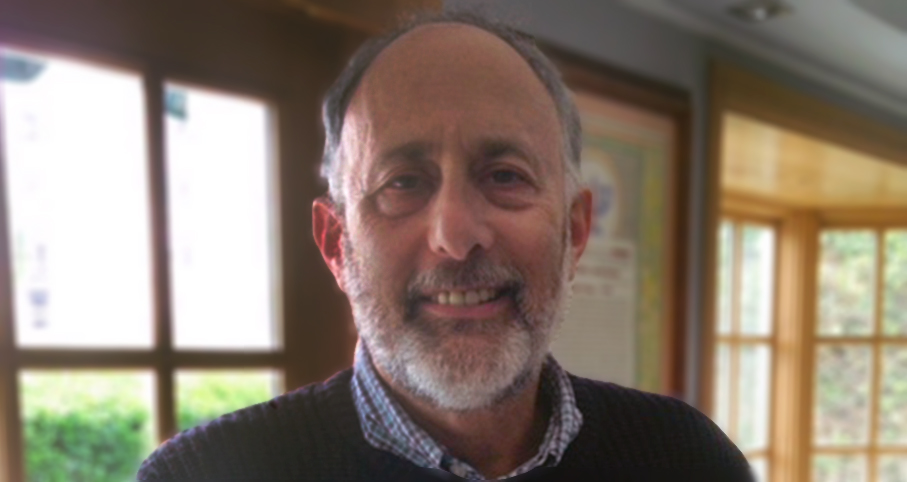
All Wrapped Up in Mitzvot
Rabbi Stewart Weiss | Tishrei 11 5779


















